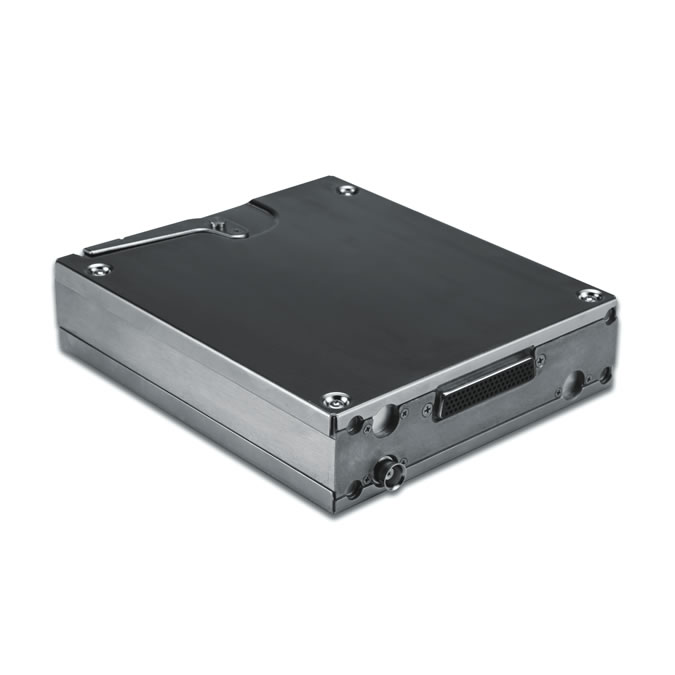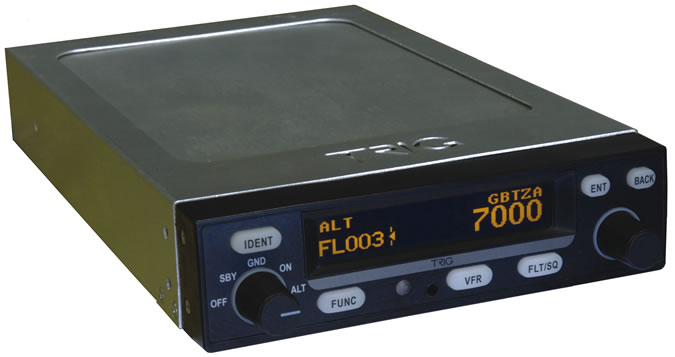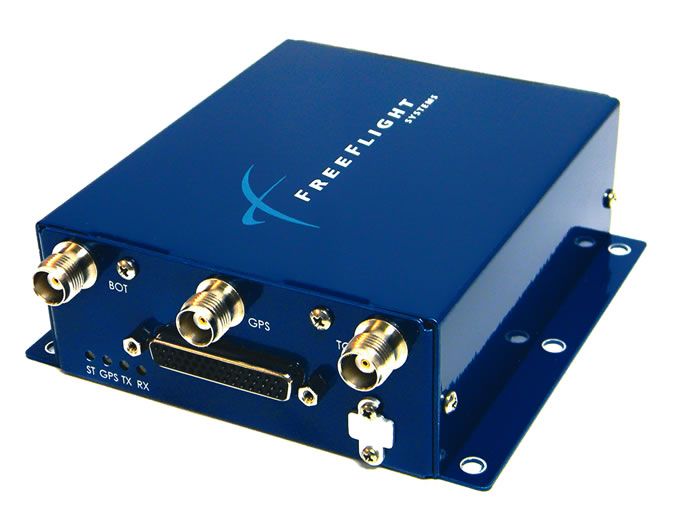According to Scotland-based Trig Avionics, “A UAT solution will often be more expensive” than a 1090ES-based solution because the latter uses relatively common Mode S transponders: The 978 UAT standard employs a separate transceiver—and U.S. operators complying with ADS-B OUT via 978 UAT still will need a Mode A/C transponder in the foreseeable future, until the FAA says otherwise.

For many general aviation operators—e.g., those operating below FL180—an ideal solution may be an “all-in-one” box incorporating WAAS-enhanced GPS and a 978 UAT transceiver, plus a means by which the ADS-B IN weather and traffic information can be displayed. Examples pictured here include FreeFlight Systems RANGR 978 product line (top) and Garmin International’s GDL 88.

The market is operators who either don’t have a certified GPS navigator at all or the one they have isn’t WAAS-enhanced. Rather than yank out a perfectly good GPS or bite the financial bullet leading to a complete panel makeover, they can easily get by with a remote-mounted WAAS GPS receiver.
So far, the presumption is that any light GA operator needing to install ADS-B OUT also will want ADS-B IN to be part of the bargain, and that means using 978 UAT technology. Maybe, but there’s nothing saying a 1090ES

transponder like BendixKing’s KT 74 can’t be the basis of an approved ADS-B OUT solution for a piston single operator for whom ADS-B IN has no value, and who’s going nowhere near FL180. Getting ADS-B OUT approved aboard an in-service aircraft can be as simple as adding a compatible Mode S transponder like Trig’s TT31 (bottom) and a nav data source like FreeFlight’s 1201 (not pictured).




